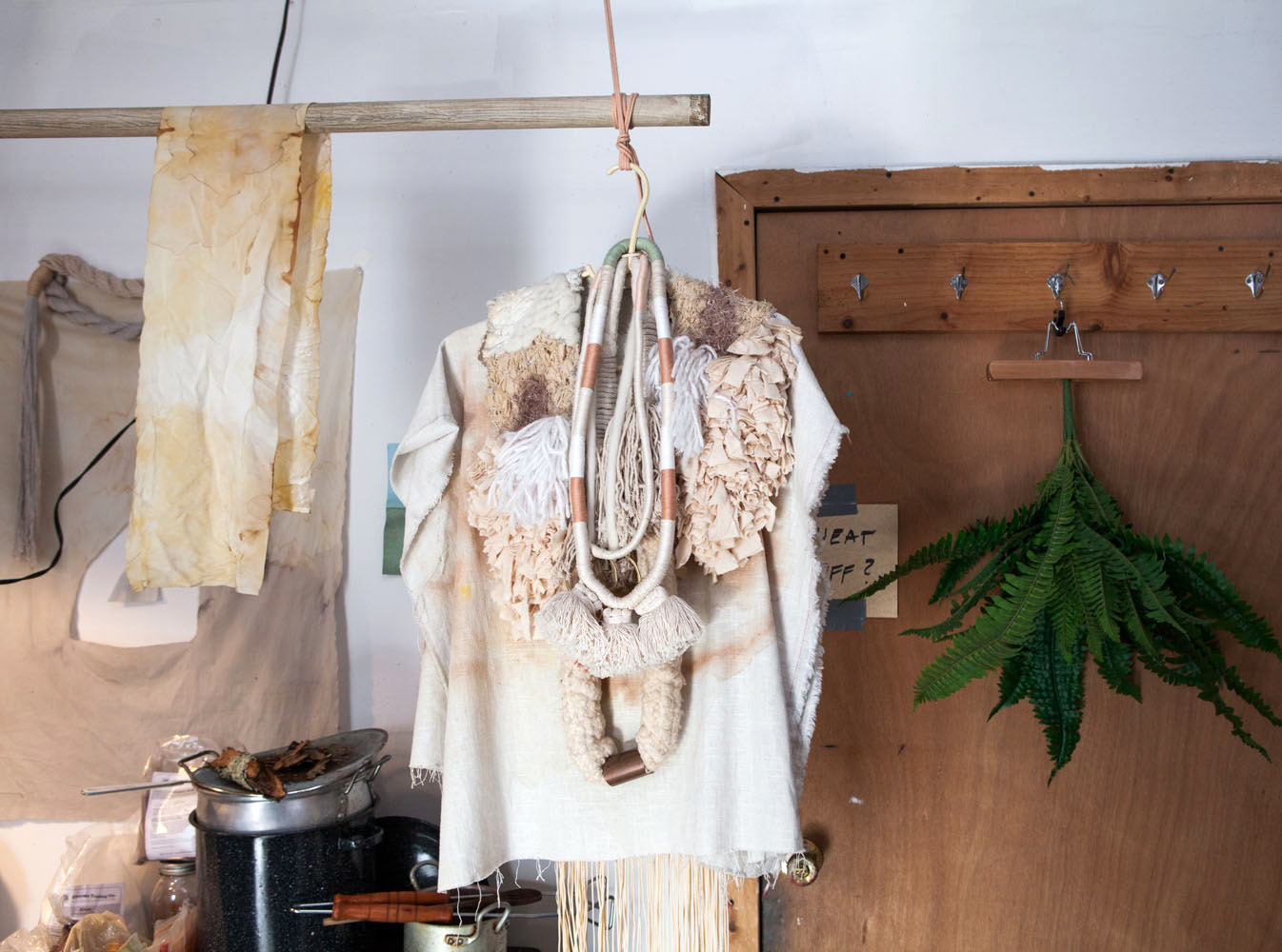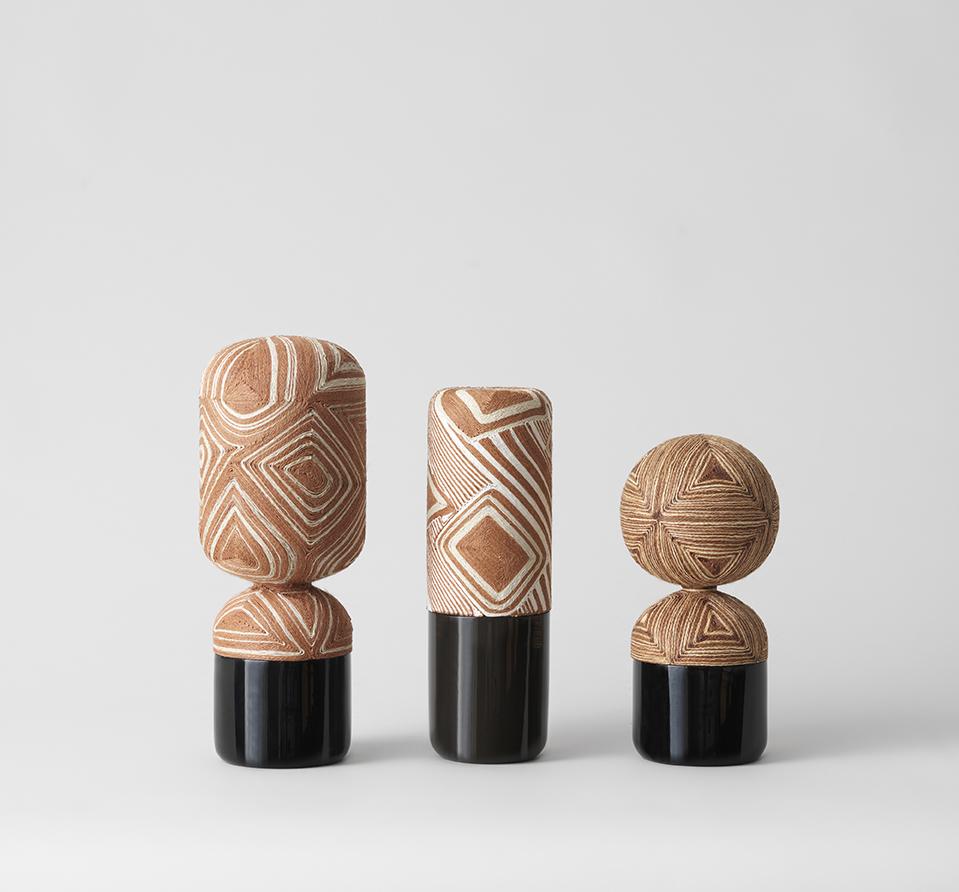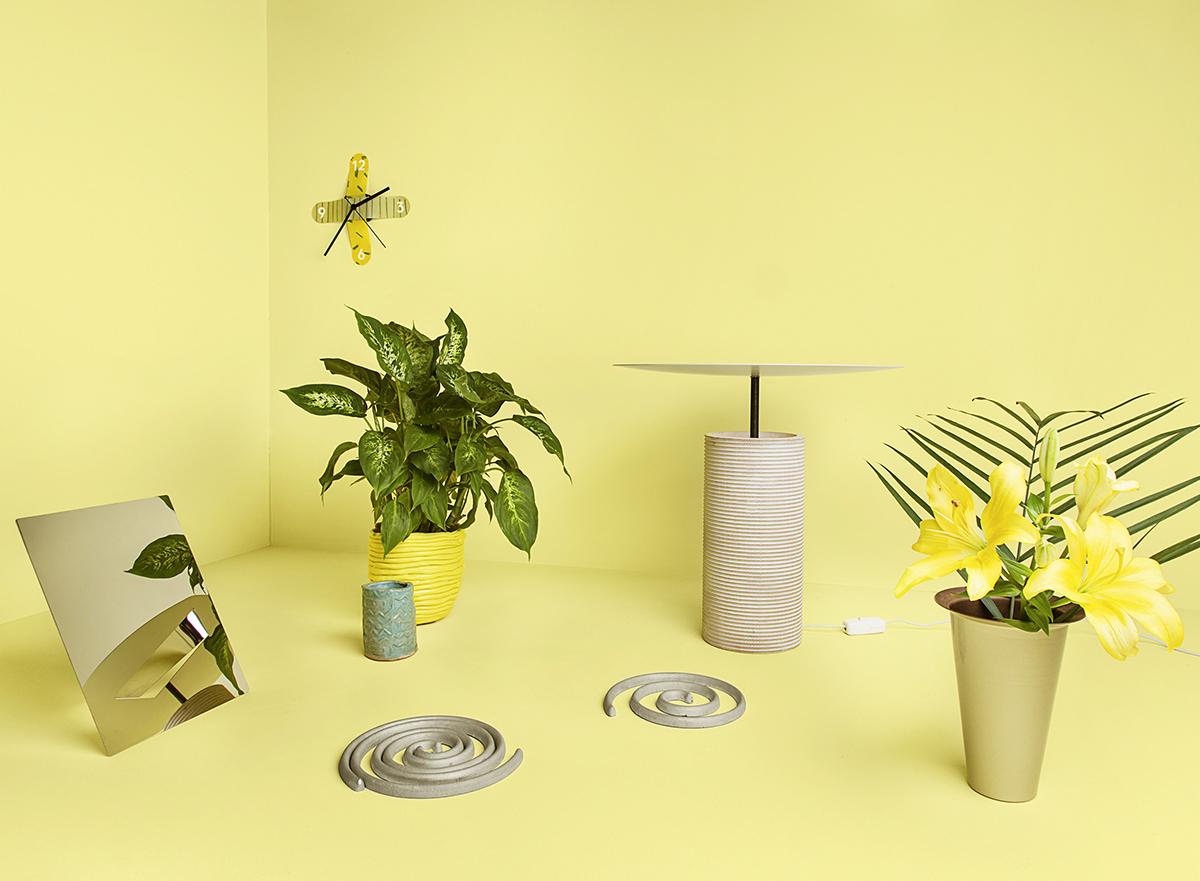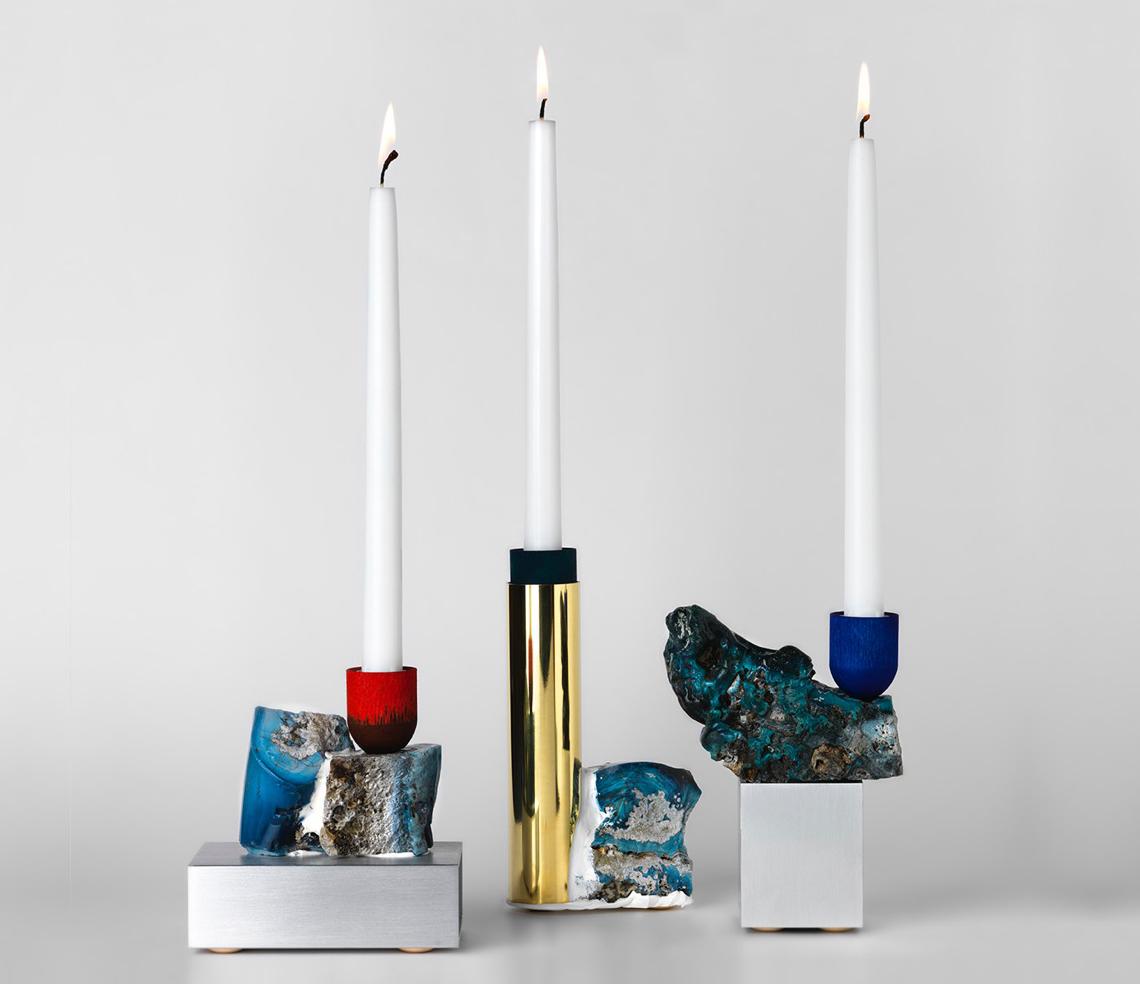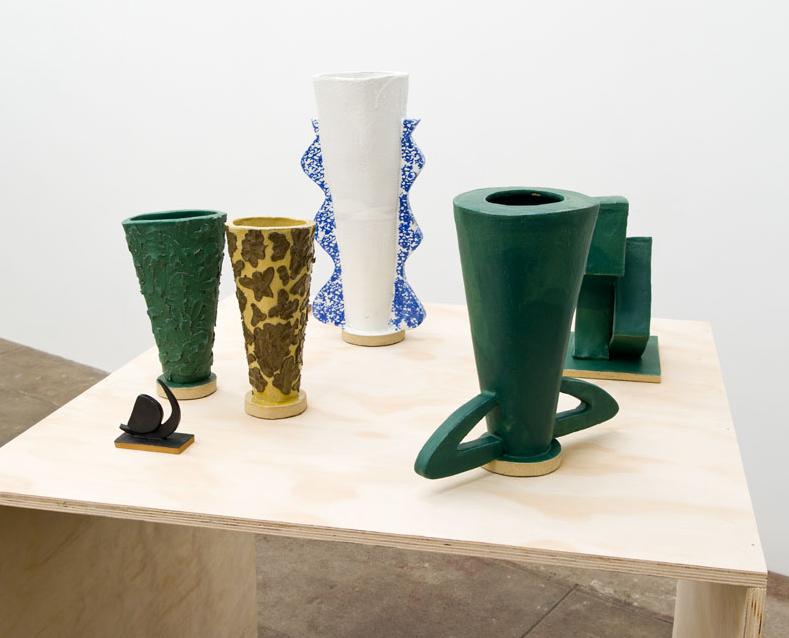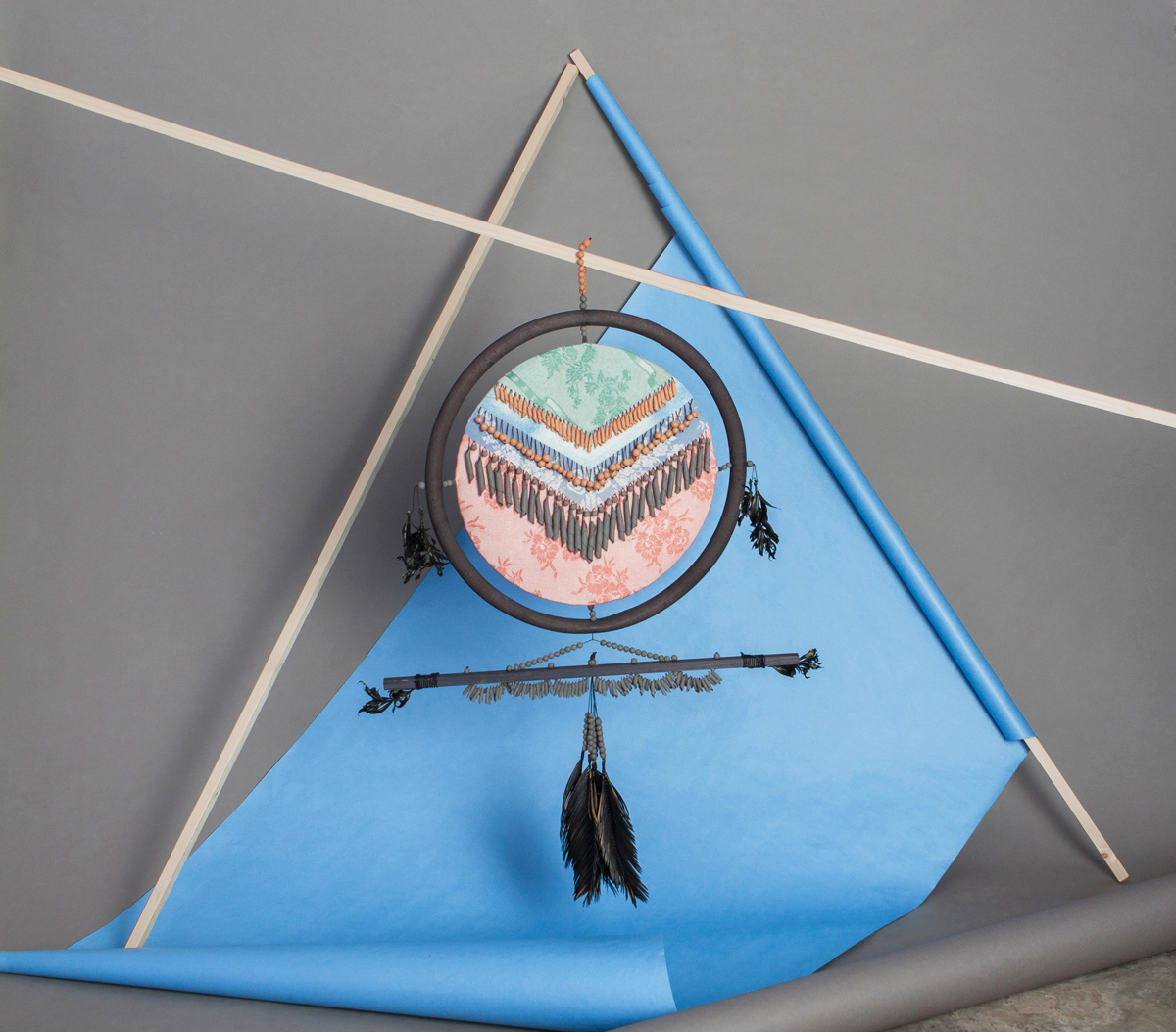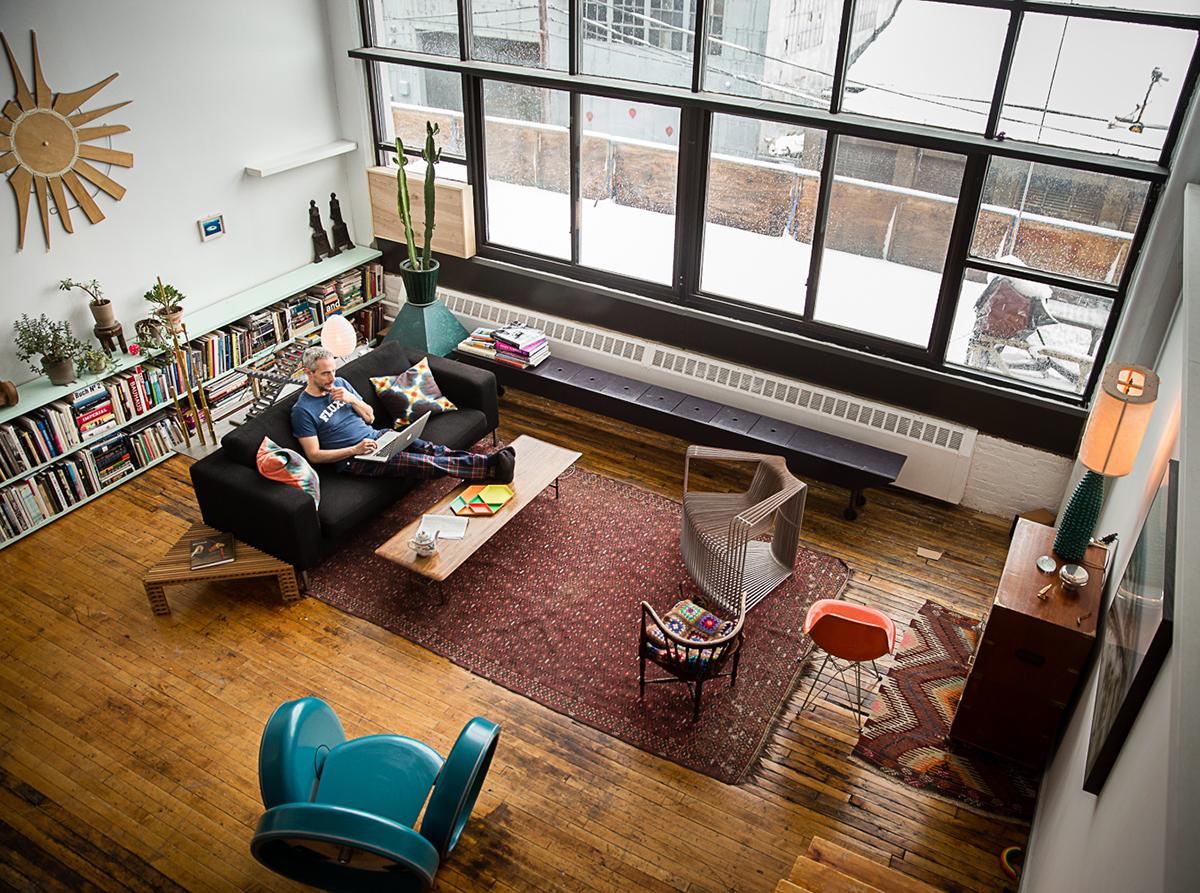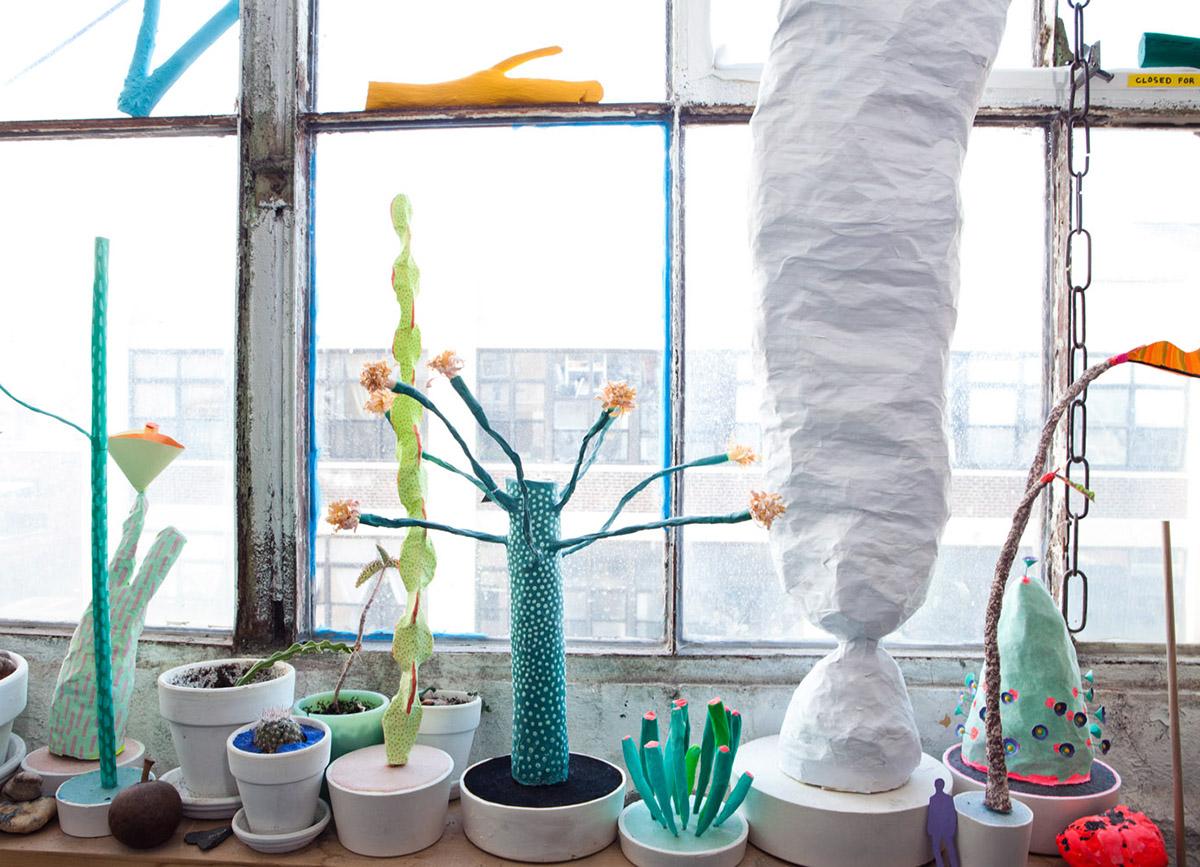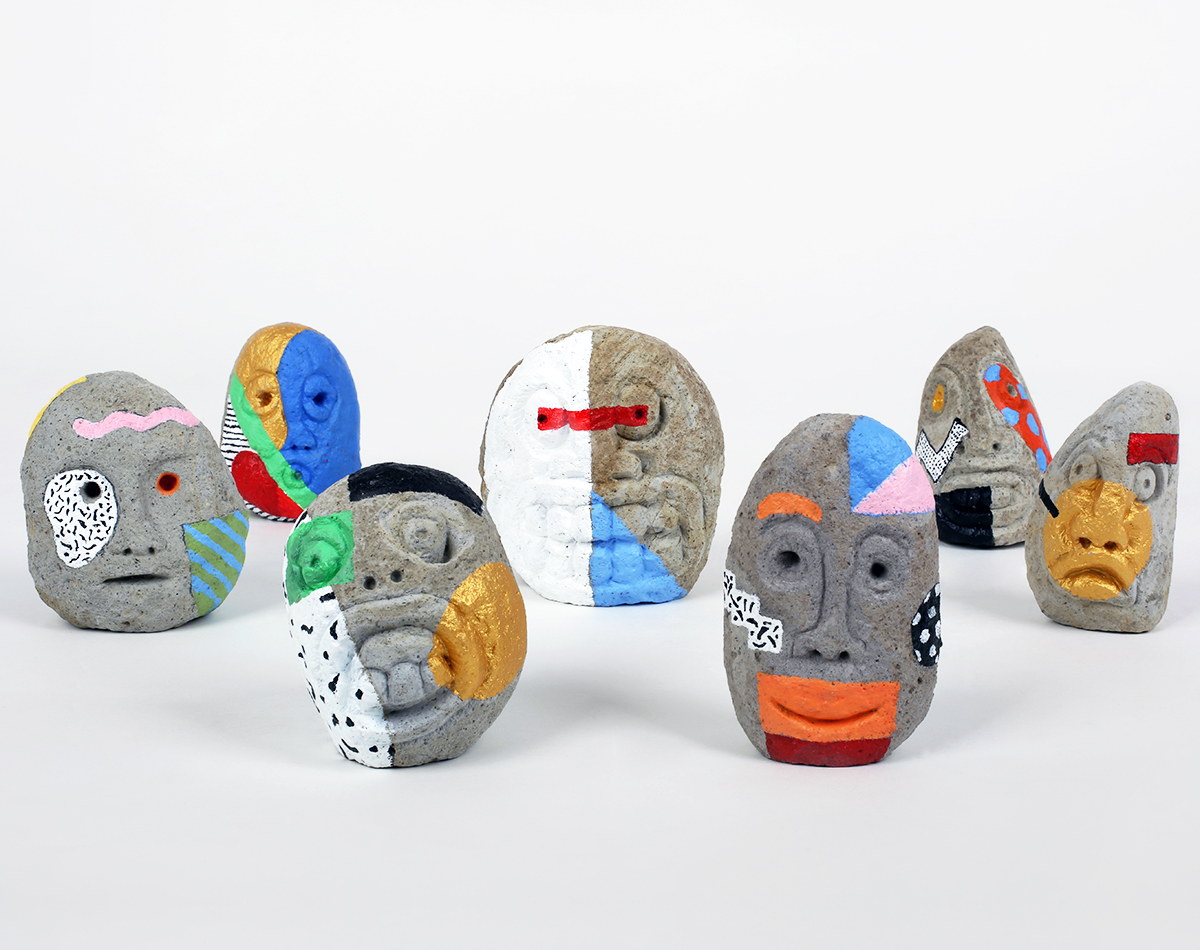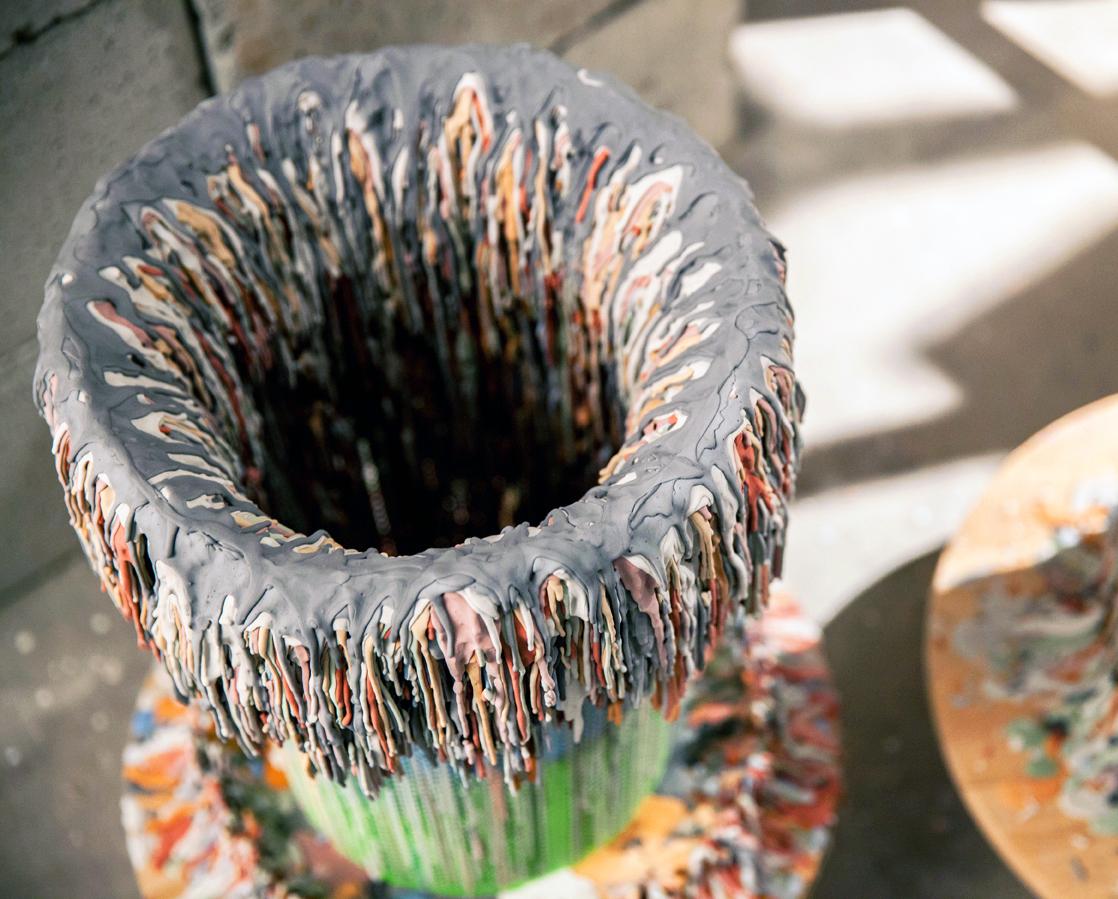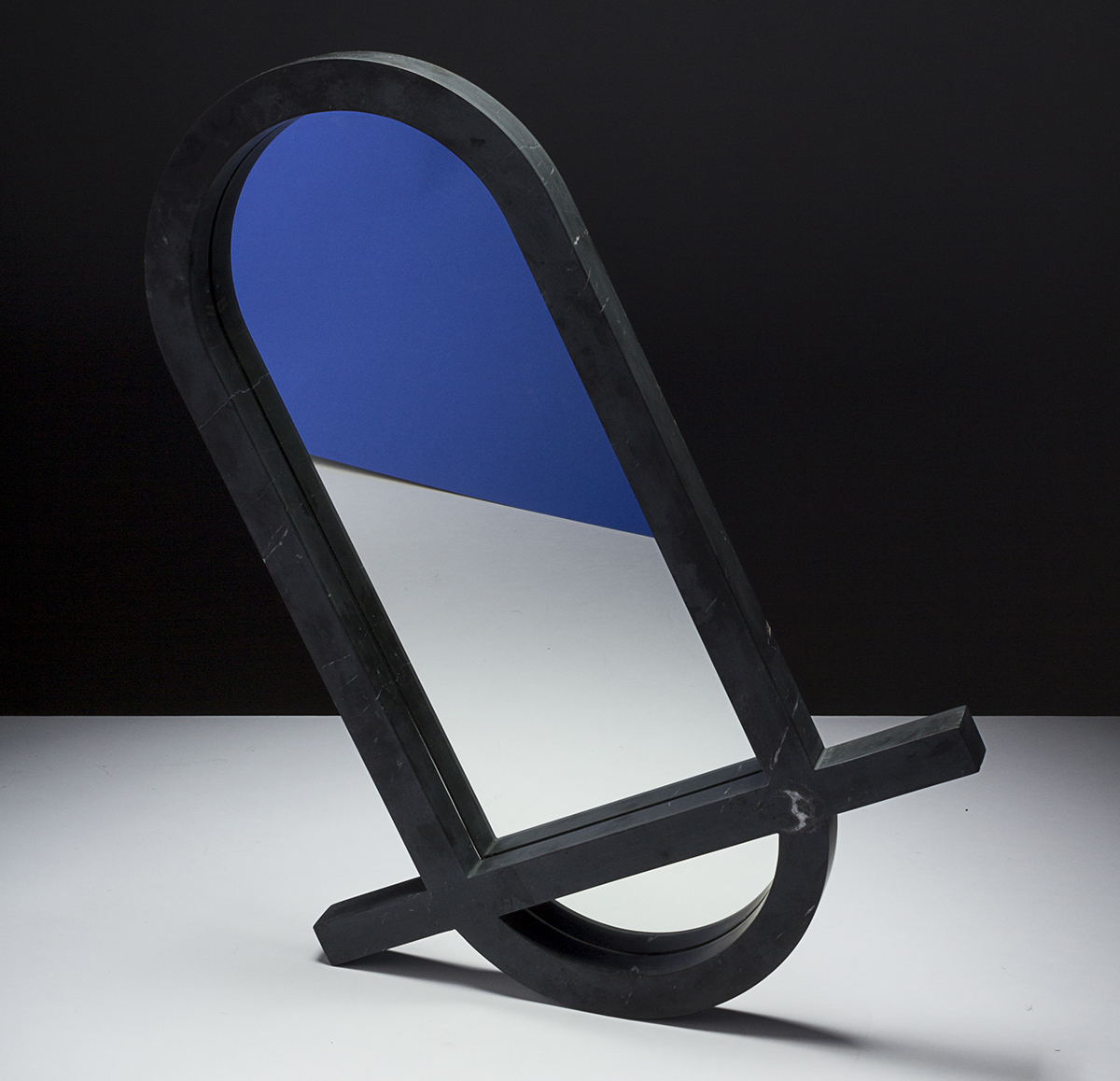
04.21.15
Fair Report
Thévoz-Choquet’s New Marble Accessories Collection For Bloc Studios
Over four days spent in Milan last week at the annual furniture fair, we saw dozens of exhibitions, spent 9 hours at the fairgrounds, and shot more than 800 photos. Pretty overwhelming. While we take a moment to regroup and put together our official coverage, which starts tomorrow, we figured we'd share with you one of the few projects that we didn't photograph in Milan, but didn't need to — SU alums Josephine Choquet and Virgil Thévoz launched an extensive new collection of marble tables and housewares with the Italian marble producer Bloc Studios, and thanks to the duo's superior art directing skills, it came complete with the perfectly styled set of images you'll see after the jump.
